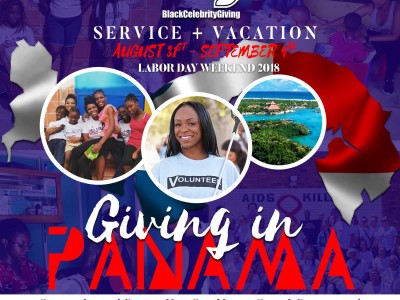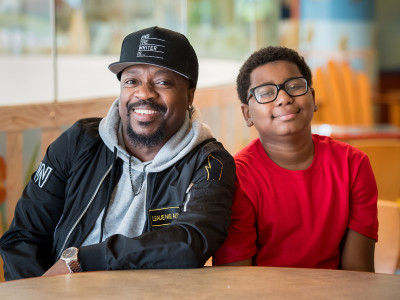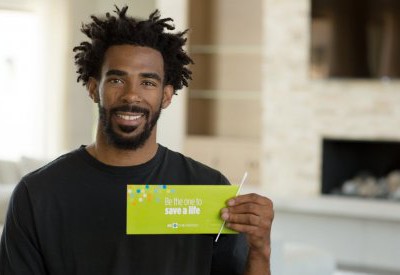 Great Article from Huffington Post by By Dave Kerpen, founder and CEO of Likeable – Read it and Share it!
Great Article from Huffington Post by By Dave Kerpen, founder and CEO of Likeable – Read it and Share it!
We all saw it happen this summer. It started with a video of one of your friends dumping a bucket of ice water over his or her head. Then it was two videos. Then it was five. And suddenly, celebrities, politicians, and thought leaders alike were participating in the the ALS Ice Bucket challenge. After several weeks of this viral campaign, the ALS Association raised a stunning amount: over $114 million in donations.
When I was studying to become a teacher in college at Boston University, I believed that “education was the great equalizer” – that anyone in the world with access to education could succeed. While education is still a great tool for leveling the playing field on this planet, social media has emerged as the new “equalizer.” Anyone with a phone that has access to Twitter, Facebook and LinkedIn can use social media to spread ideas, raise money, and even start or join a revolution.
Nonprofits have a unique opportunity to use social media to grow and scale their causes and donations online. Today, I’m proud to announce Likeable’s partnership with Grassroots.org to help make social media super simple and effective for local nonprofits.
Here are 7 reasons social media is perfect for non profits to accomplish their objectives:
1. Get the word out cheaper and faster. The days of costly direct mail campaigns and galas are over as social media and online marketing allows nonprofits to more narrowly target their audience, avoid waste and communicate faster and further than ever before. A growing number of people, myself included, would rather click on a Twitter link to Crowdrise and send $100 through PayPal to a cause of choice than attend a rubber chicken dinner. (Hint to nonprofits: Tweet me!)
2. Use social context to drive friends of friends to participate. 92 percent of people trust their friends recommendations, and less than 40 percent of people trust ads. So even if you can get free PSA’s from your local radio station or newspaper, they’re not nearly as powerful as getting your supporters to spread the word to their friends via social networks.
3. Build a community of supporters. Nonprofits have traditionally worked very hard at building community – through events and get-togethers. But now you can build a 24-7-365 community using a Facebook Group, or a LinkedIn group, or your social network of choice. Instead of just you talking to your supporters, you can truly cultivate peer-to-peer communication, and listen to what your supporters have to say!
4. More easily reach the people you’re out to serve. It’s one thing to reach your supporters, but it’s another thing to reach the people you’re actually serving in the community. My favorite national nonprofit, Donors Choose, uses social media to better connect with the teachers their organization serves. My favorite local nonprofit, the Port Washington Education Foundation, uses social media to better find and solicit grant applicants from our town, and listen to the community’s needs.
5. Find and engage influencers to help spread the word. Smart nonprofits have always tried to tap into local influencers – the President of the PTA, the Captain of the football team, and the President of the Chamber of Commerce, for example. Now, they can use social media to find and engage with influencers not only in their town, but around the globe, who may be passionate about their cause and also have a large following. A retweet to 50,000 people might be more helpful than a $50 donation.
6. Become a thought leader in the space you serve. Social media and blogging allow you to demonstrate your understanding of and expertise in your nonprofit’s particular area of interest, and more important, showcase that understanding and expertise more easily than ever before. I remember going to galas years ago where they showed beautiful, highly produced videos and had speeches from experts to make the crowd feel warm and fuzzy about the cause they were supporting. Now, you can reach more people than ever with your blog posts, iPhone videos, LinkedIn messages and even tweets.
7. Better tell your story. In order to tell your nonprofit’s story effectively in the past, it required 30 second TV or radio spots, glossy brochures, and big, expensive galas. Now you can tell your story with every Facebook post, LinkedIn article and tweet. Now you can tell your story through blogs, videos, and infographics.
It’s the best time in world history to be involved with a non profit you care about, because of social media and these seven key opportunities. What causes do YOU support?
This post originally appeared on LinkedIn.
Dave Kerpen is the founder and CEO of Likeable Local. He is also the co-founder and Chairman of Likeable Media, and the New York Times-bestselling author of Likeable Social Media and Likeable Business, and the new collection, Likeable Leadership.





